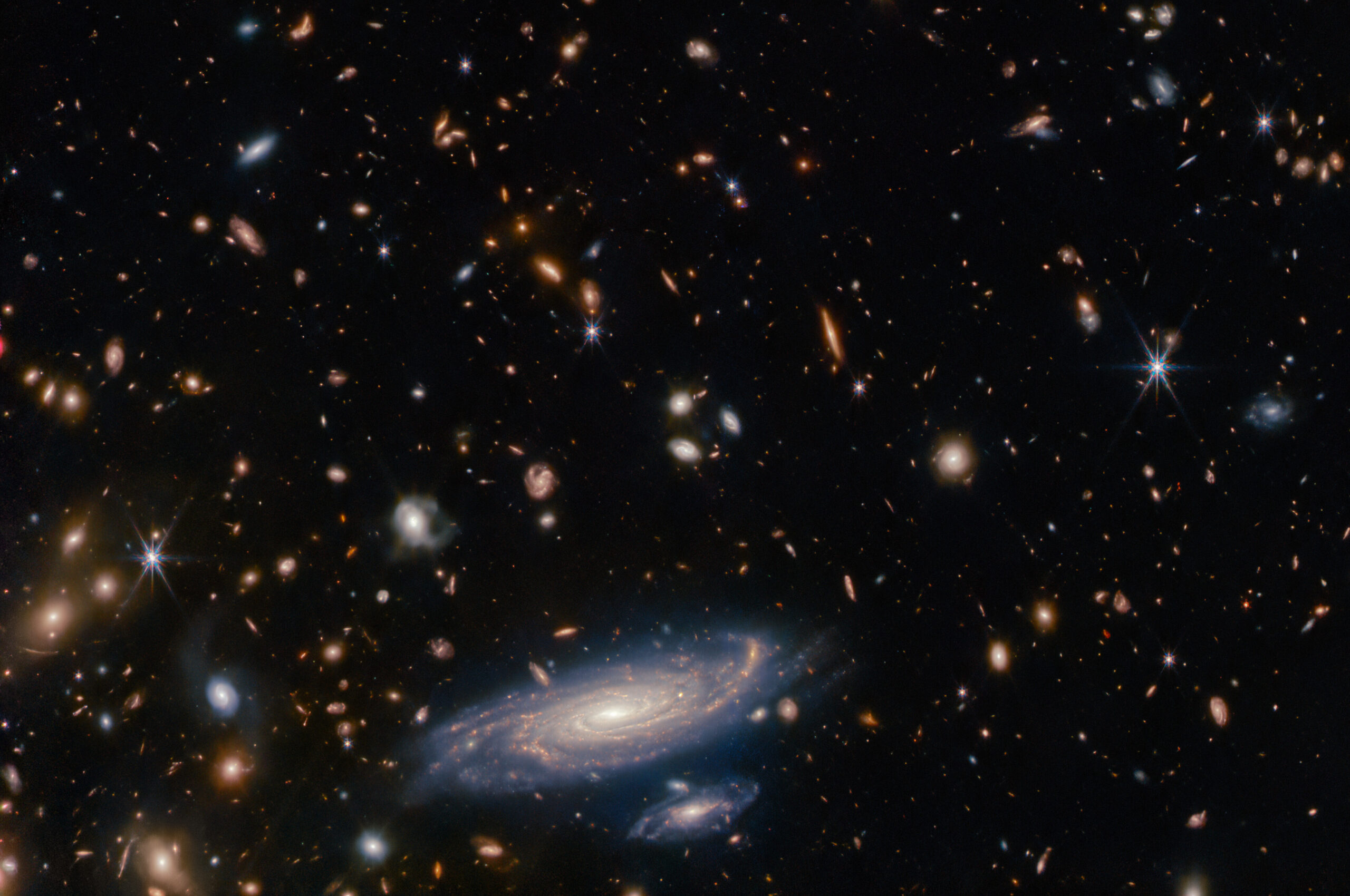Listed are all scientific papers resulting from an ISSI activity written or co-authored by ISSI Team members, Working Group members, Workshop participants, visitors or staff members.
The emission of volatiles from the surface and subsurface of planetary bodies can provide fundamental knowledge concerning their formation, evolution, and structure. There are a variety of physical processes that shape the structural, kinematic and thermal behavior of the released material.
Metallic ions are commonly found in the cis‐lunar environment, primarily produced through the neutral lunar exosphere. They become prevalent species of lunar pickup ions as the Moon moves through the solar wind upstream, magnetosheath, and magnetotail.
Magnetic reconnection is a ubiquitous plasma process that transforms magnetic energy into particle energy during eruptive events throughout the universe. Reconnection not only converts energy during solar flares and geomagnetic substorms that drive space weather near Earth, but it may also play critical roles in the high energy emissions from the magnetospheres of neutron stars and black holes.
Magnetic pulsations of type Pi2 are a well-established category of Ultra Low Frequency (ULF) waves, characterized by irregularly damped oscillations with periods ranging from 40 to 150 seconds (6.7–25 mHz). Nowadays, it is well known that Pi2 occurs at the onset of geomagnetic substorms, is considered an outstanding research topic in space physics, and is a link between ionospheric and magnetospheric processes.
Context. We studied energetic particle intensity profiles observed by Solar Orbiter during the time period from April 2020 to April 2023, associated with the passage of interplanetary (IP) shocks. For our study we considered 58 IP forward shocks and analysed the possible correlations between some IP shock parameters and the electron and proton responses to the passage of the IP shocks.
Hierarchical galactic evolution models predict that mergers drive galaxy growth, producing low surface brightness (LSB) tidal features that trace galaxies’ late assembly. These faint structures encode information about past mergers and are sensitive to the properties and environment of the host galaxy.
The collisionless atmospheres of the Moon and Mercury allow for different space weathering processes to occur on their surfaces. During these processes, atoms can be ejected ballistically into the exosphere, a portion of which will eventually return to the surface. These returning atoms can then adsorb on the surface with a binding energy (BE) different than that of the mineral.
Interchange instability is a macroscopic instability that commonly develops when the centrifugal acceleration opposes the acceleration induced by the density gradient at the interface between two regions. Over the past two decades, extensive studies have focused on this instability, particularly at dipolarization fronts. However, due to the similar physical properties of these two boundary layers, it has also been implicated that this instability may develop at the magnetopause (W. D.
On 15 February 2018 a co‐rotating interaction region (CIR) from an equatorial coronal hole reached the Earth. The CIR initiated a moderate and slowly intensifying geomagnetic storm, which began with a large and strong substorm injection. The substorm injection was exceptionally well‐observed by an array of spacecraft including LANL‐GEO satellites, Van Allen Probes (RBSP), Arase (ERG), and MetOp/POES, as well as ground‐based instruments.
Remote brightening (RB) is compact brightening at footpoints of magnetic loops, which are remotely connecting to and confining an eruption in the solar atmosphere. Here, we report on observations of an RB resulting from an EUV jet with a speed of about 90 km s−1. The loops connecting the RB and the jet have an apparent length of about 59 Mm. Intriguingly, the RB exhibits at least two episodes of brightenings, as characterized by two peaks in its lightcurve.
